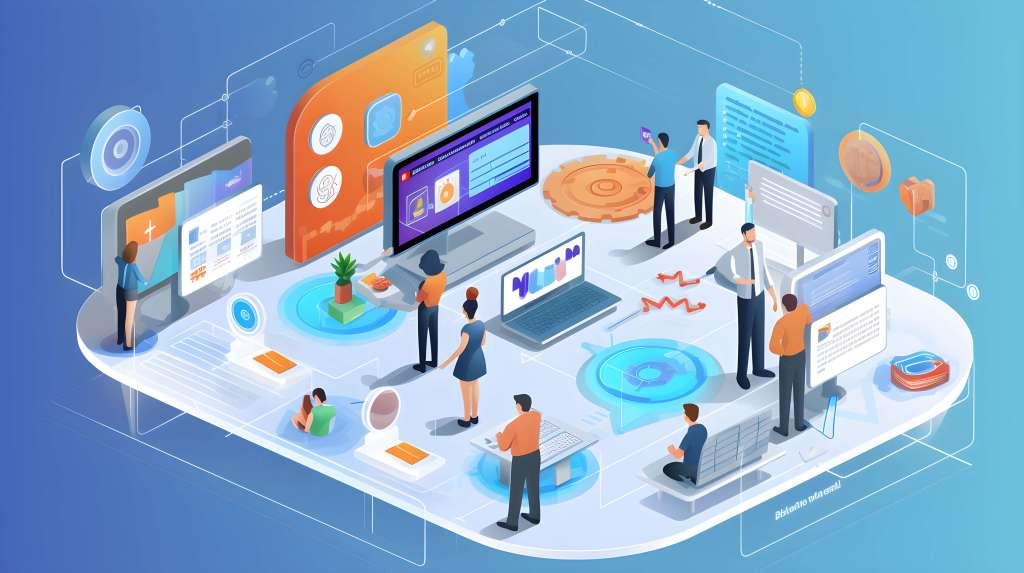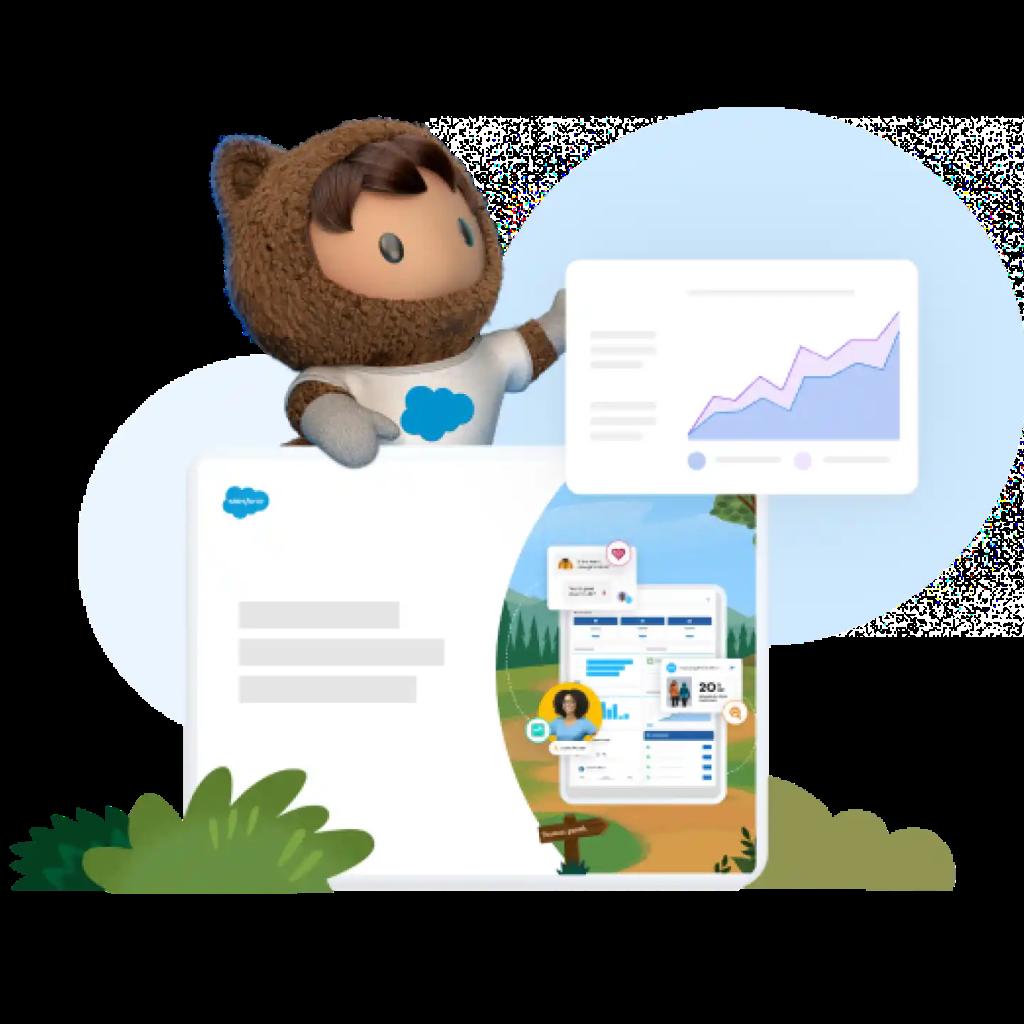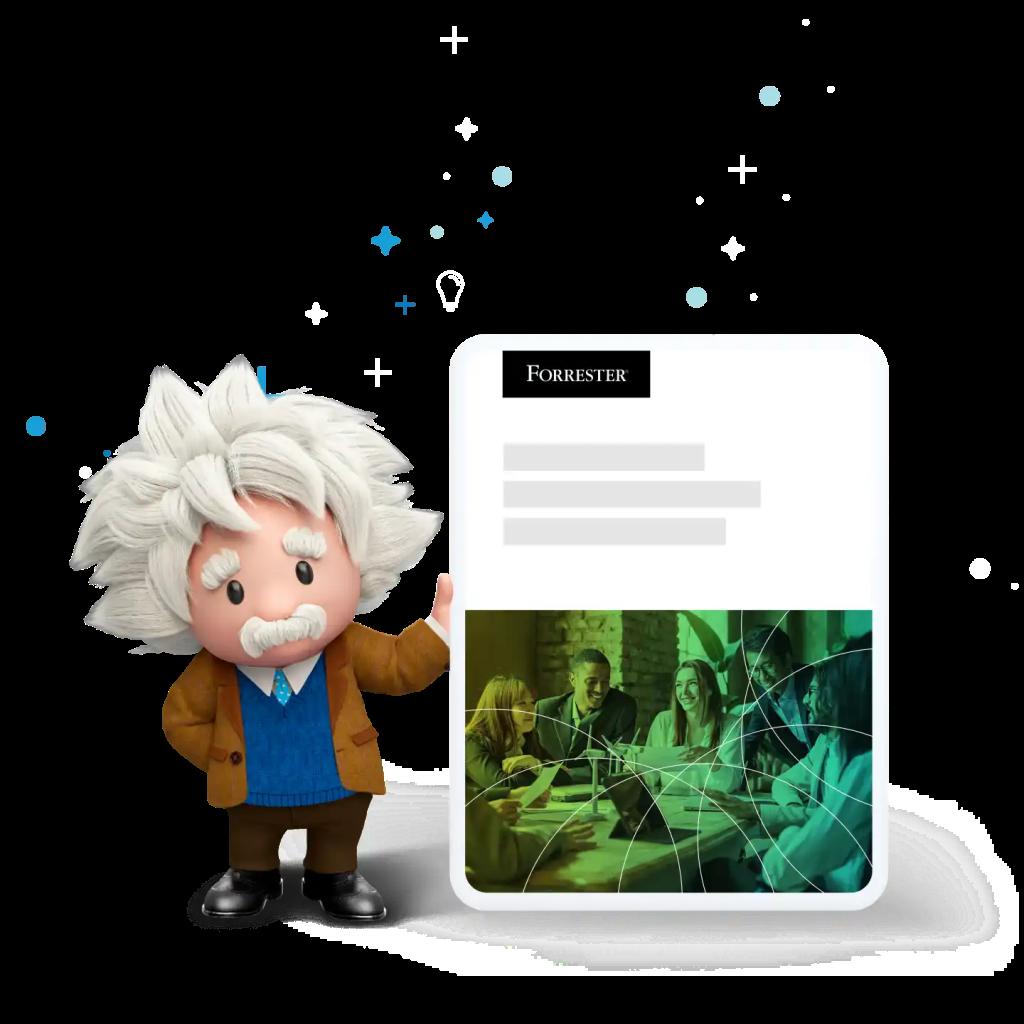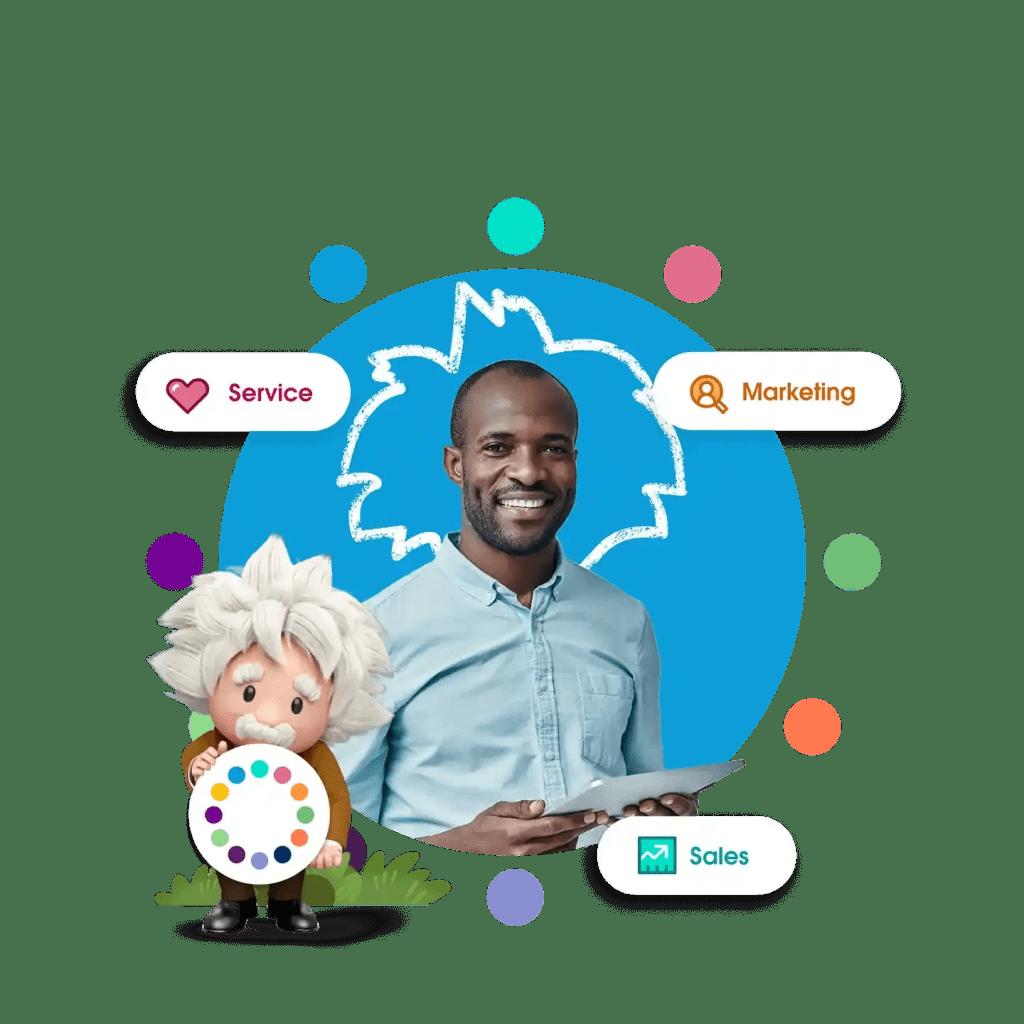 A group of people gathered around a new customer, discussing her needs.
A group of people gathered around a new customer, discussing her needs.
In today’s interconnected world, fostering strong customer relationships is paramount to business success. A robust Customer Relationship Management (CRM) system is no longer a luxury, but a necessity. CRM systems empower businesses to effectively manage and analyze customer interactions and data throughout the customer lifecycle. This comprehensive guide delves into the world of CRM systems, exploring their functionalities, benefits, various types, and the key factors to consider when choosing the right CRM solution for your business.
What is a CRM System?
 A generic CRM system interface on a desktop.
A generic CRM system interface on a desktop.
Imagine a centralized hub for all your customer information, a system that streamlines interactions, optimizes sales processes, and fuels marketing campaigns. That’s the power of a CRM system. It’s more than just a database; it’s a dynamic tool that empowers businesses to nurture customer relationships, personalize interactions, and drive growth. A CRM system helps manage customer data, acting as a central repository for contact details, interaction history, and account information. This comprehensive view enables businesses to improve customer relationships and increase Customer Lifetime Value (CLV).
Understanding the Different Types of CRM Systems
CRM systems are broadly categorized into three main types: operational, analytical, and collaborative. Each type plays a unique role in optimizing customer relationship management.
Operational CRM: Streamlining Customer Interactions
Operational CRM systems focus on automating and streamlining day-to-day operations involving direct customer interactions. This includes automating marketing campaigns, managing sales processes, and providing efficient customer service. Operational CRM systems simplify processes and enhance the customer experience across all touchpoints, from initial contact to ongoing engagement.
Analytical CRM: Unveiling Customer Insights
Analytical CRM systems are data-driven powerhouses, collecting and analyzing customer data from various sources. By analyzing customer preferences, behaviors, and patterns, businesses gain actionable insights that inform strategic decision-making. These insights enable businesses to tailor services and marketing efforts to better meet customer needs and anticipate future demands.
Collaborative CRM: Connecting Stakeholders
Collaborative CRM systems facilitate seamless communication and information sharing among internal teams, external partners, and customers. By breaking down data silos and enabling a unified approach to customer service, collaborative CRM fosters stronger customer relationships and delivers consistent experiences across all channels.
Key Features of a CRM System
Modern CRM systems are equipped with a range of powerful features designed to optimize customer relationship management. These key features empower businesses to personalize interactions, automate processes, and gain a 360-degree view of their customers.
Contact Management: Centralized Customer Information
 A promotional image for a beginner's guide to CRM.
A promotional image for a beginner's guide to CRM.
Contact management is a core CRM feature, enabling businesses to store and manage customer contact information in a centralized database. This ensures easy access to crucial data, such as names, addresses, phone numbers, and social media profiles, facilitating seamless communication and personalized service delivery.
AI-Powered Insights: Predictive and Personalized Experiences
Artificial intelligence (AI) is transforming CRM systems, enabling businesses to automate routine tasks, gain predictive insights, and personalize customer interactions. AI-powered CRM systems analyze vast amounts of data to identify trends, predict customer behavior, and recommend personalized offers, improving customer engagement and driving sales.
Sales Management: Optimizing the Sales Cycle
Sales management features within CRM systems streamline the entire sales process, from lead generation to deal closure. These tools enable sales teams to track opportunities, manage pipelines, forecast sales, and automate follow-ups, boosting productivity and improving sales performance.
Interaction Tracking: A Complete Customer Journey Map
CRM systems meticulously record every customer interaction, creating a comprehensive history of the customer journey. This detailed record of emails, phone calls, meetings, and other touchpoints provides valuable insights into customer preferences and needs, enabling businesses to personalize interactions and strengthen relationships.
Workflow Automation: Streamlining Processes and Reducing Errors
Workflow automation within CRM systems streamlines repetitive tasks and processes, reducing manual effort and minimizing errors. By automating workflows, businesses can improve efficiency, ensure consistent service delivery, and free up valuable time for employees to focus on higher-value activities.
Reporting and Analytics: Data-Driven Decision Making
 Einstein showcasing Forrester's AI-Powered CRM report.
Einstein showcasing Forrester's AI-Powered CRM report.
CRM systems provide robust reporting and analytics tools that offer valuable insights into customer behavior, sales trends, and overall business performance. These insights empower businesses to make data-driven decisions, identify areas for improvement, and adapt strategies to changing market conditions.
Benefits of Implementing a CRM System
Implementing a CRM system can significantly benefit businesses of all sizes, from improved customer satisfaction to increased sales and efficiency.
Enhanced Customer Satisfaction
CRM systems empower businesses to deliver personalized experiences and exceptional customer service. By having a 360-degree view of the customer, businesses can anticipate needs, address issues proactively, and build stronger relationships, leading to increased customer loyalty and satisfaction.
Increased Sales and Efficiency
By automating sales processes and providing tools for managing customer data, CRM systems boost sales team productivity. Streamlined workflows and readily available customer information enable sales teams to focus on selling, leading to increased sales and improved efficiency.
Improved Collaboration
CRM systems foster collaboration by providing a centralized platform for customer information. This ensures that all teams have access to the same data, enabling seamless communication and a unified approach to customer management.
Enhanced Data Organization and Accessibility
CRM systems eliminate data silos by centralizing customer information in a well-organized database. This ensures that all relevant stakeholders have easy access to the data they need, when they need it, improving decision-making and customer service.
Better Customer Retention Rates
 A customer and Einstein standing in front of the Customer 360 product illustration.
A customer and Einstein standing in front of the Customer 360 product illustration.
By analyzing customer data, CRM systems help businesses identify at-risk customers and implement proactive retention strategies. This proactive approach reduces churn and strengthens customer loyalty, leading to long-term business growth.
Choosing the Right CRM System
Selecting the right CRM system is a critical decision. Businesses should consider factors such as scalability, integration capabilities, ease of use, mobile accessibility, customer support, and cost. The ideal CRM system should align with the specific needs of the business and be able to adapt to future growth.
Salesforce: A Leading CRM Solution
Salesforce is a leading provider of cloud-based CRM software, offering a comprehensive suite of solutions for businesses of all sizes. Salesforce’s key advantages include its cloud-based architecture, AI capabilities, scalability, ease of use, customizability, collaboration features, automatic upgrades, mobility, and extensive integration options.
Conclusion: Transforming Customer Relationships with CRM
Choosing the right CRM system is essential for enhancing business operations, building stronger customer relationships, and driving growth. By implementing a robust CRM solution like Salesforce, businesses can empower their teams with the tools they need to succeed in today’s competitive landscape. Explore the world of CRM systems and unlock the potential of customer-centricity.
FAQ: Common Questions about CRM Systems
What is the primary purpose of a CRM system?
The primary purpose of a CRM system is to manage and analyze customer interactions and data throughout the customer lifecycle, ultimately improving customer relationships and driving sales growth.
What are the different types of CRM systems?
The main types of CRM systems are operational (streamlining customer interactions), analytical (analyzing customer data), and collaborative (enhancing communication among stakeholders).
What are some key features of a CRM system?
Key features include contact management, AI-powered insights, sales management, interaction tracking, workflow automation, and reporting and analytics.
What are the benefits of implementing a CRM system?
Benefits include enhanced customer satisfaction, increased sales and efficiency, improved collaboration, better data organization and accessibility, and improved customer retention rates.
We encourage you to share your thoughts and questions in the comments below! Let us know your experiences with CRM systems and what you find most valuable about these powerful tools. We are eager to hear your perspectives and continue the conversation about the transformative power of CRM in today’s business world.
